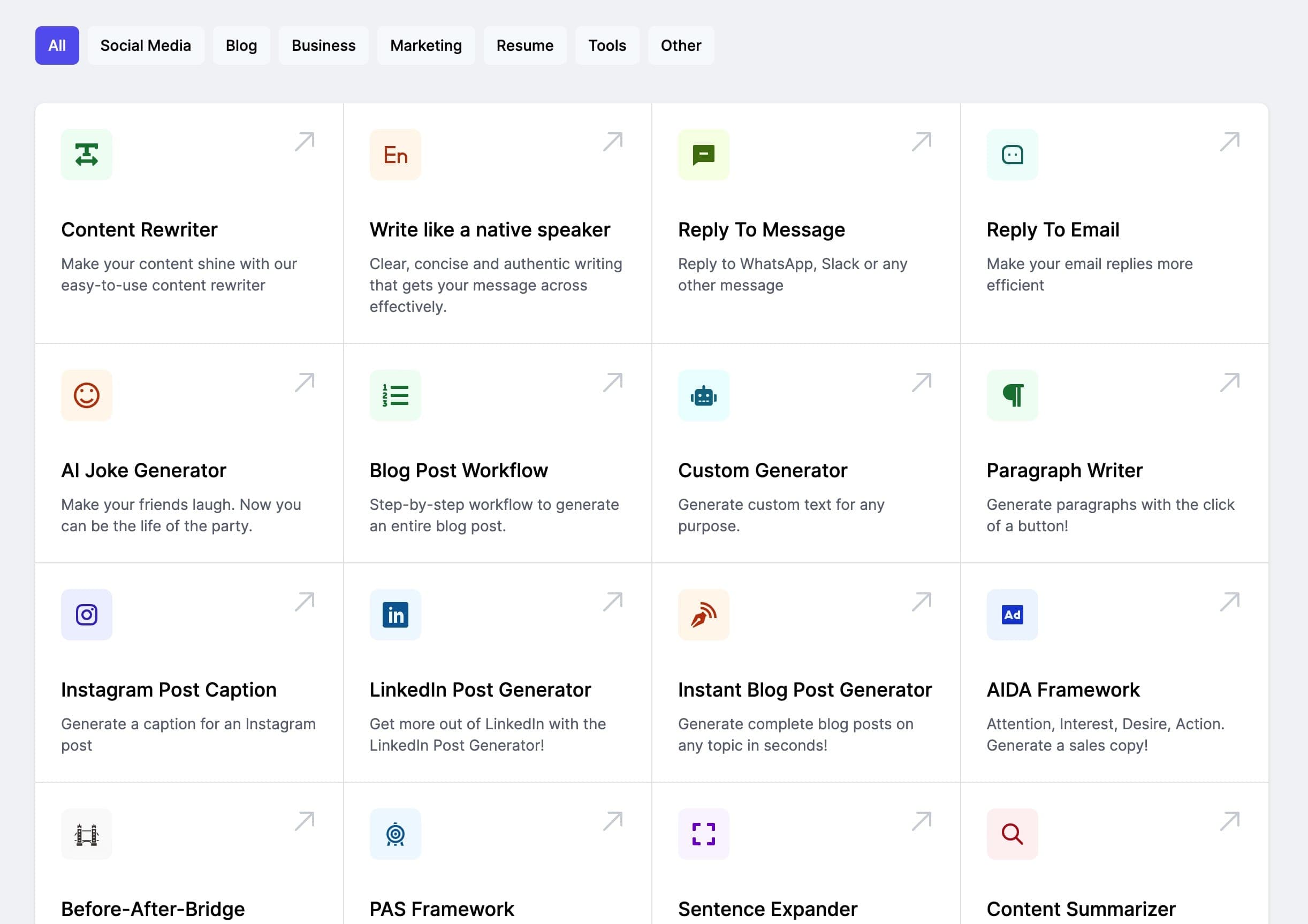Geography
Lesson Plan: Geography
Grade Level: 4th grade
Topic: Continents and Oceans
Learning Objectives:
Students will be able to identify and label the seven continents on a world map.
Students will be able to identify and label the five oceans on a world map.
Students will be able to explain the importance of continents and oceans in geography.
Bloom Verb Selection:
Identify
Label
Explain
Materials Needed:
World maps (one per student or group)
Colored pencils/markers
Worksheets with blank maps for labeling (optional)
Interactive whiteboard or projector
Internet access (for visual aids)
Lesson Plan:
Introduction- Ask students if they know what a continent is and if they can name any.- Show a world map on the interactive whiteboard or projector and discuss the concept of continents.- Display visual aids or use online resources to show pictures and interesting facts about each continent.- Introduce the seven continents: North America, South America, Europe, Africa, Asia, Australia, and Antarctica.
Continents Activity- Distribute world maps to each student or group.- Instruct students to use colored pencils or markers to label the seven continents on their maps.- Circulate around the room to provide assistance and answer questions.- Once students have labeled their maps, have them share their work with a partner or in small groups.- Conduct a class discussion to review the names and locations of the continents.
Oceans Activity- Introduce the five oceans: Atlantic Ocean, Pacific Ocean, Indian Ocean, Southern Ocean, and Arctic Ocean.- Show visual aids or use online resources to provide information about each ocean.- Instruct students to label the five oceans on their maps using a different color than the continents.- Encourage students to ask questions and discuss the importance of the oceans in relation to continents.- Review the names and locations of the oceans as a class.
Closing- Recap the lesson by asking students to name the continents and oceans.- Discuss the importance of continents and oceans in geography.- Assign a homework task where students have to write a short paragraph about their favorite continent or ocean and explain why.- Collect the maps and provide feedback on student work.
Assessment:
Informal assessment can be done throughout the lesson by observing student participation, engagement, and correctly labeled maps.
The homework task can be used as a formative assessment to assess students' understanding of the continents and oceans.
Differentiation:
For students who need extra support, provide worksheets with blank maps for labeling instead of using world maps.
For advanced students, encourage them to research and present additional information about each continent or ocean.
Extension:
To extend the lesson, students can create an artistic representation of one continent or ocean using various materials (e.g., clay, colored paper, paints).
Students can also research and present information about famous landmarks or geographical features in different continents or oceans.
